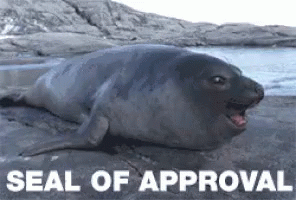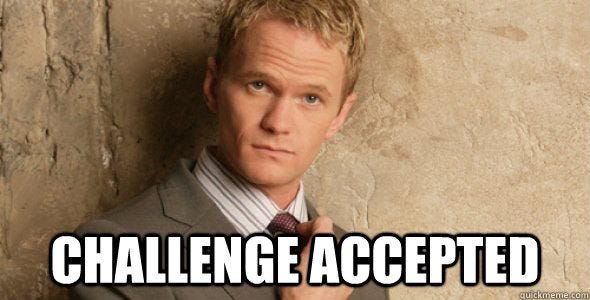#6: More than the sum of our parts
The unspoken rules of content management
Content leader Fio Dossetto had a great question on LinkedIn last week:
”What are the “unwritten rules [of work] nobody tells you about, which you eventually understand through observation or imitation?”
One of the big ones for me is how to move from content management to content leadership.
Sometimes the unspoken rules are unspoken because literally no one knows that they are. And you have to figure it all out yourself or seek out those rules outside of what you can readily observe.
That was my experience, but if it’s at all helpful my “three things in your inbox” today are going to take a little departure from the usual format and instead outline the three stages that I went through in my growth — and what I learned as I got to the third stage.
My hope is that it makes your path a little easier.
🌱 Stage 1: Execution
I started my career as a content marketer in content writing. I was handed a checklist of blog posts or product descriptions or emails in a sequence not of my planning, and would have to provide deliverables.
My job was purely to be “LaurenGPT”, a glorified word factory — to deliver on someone else’s content strategy.
This is not to say that this work doesn’t require skill. As someone in content leadership today, I can testify that it is very difficult to find good content writers who can take a brief and write a well-reasoned, compelling piece for a target audience and a specific purpose. (And I write good briefs.)
But because good writers have strong critical thinking skills, we often don’t stay in this space for long, especially if we’re in house. We want to pitch content ideas and start contributing to content strategy. We often want to transition into people management or vendor management. We want to have a bigger impact.
Or at least I did. So I moved into content management.
🌿 Stage 2: Operations
Fast forward a bit, and my job as a content marketing manager was focused on keeping things moving operationally.
Now instead of being the word factory, I was word factory foreman. The daily Asana checklist was robust: produce, post, promote, repeat. Hiring freelancers didn't help either: then it was just proofread, post, promote, repeat.
I was focused on efficiency — shipping as much quality content as possible — that I didn’t have time to breathe and reflect on whether more content was better than the right content. Quality content can still be the wrong choice.
And I hated it.
Looking back, I was making the mistake that I see a lot of content managers making on their way to content leadership:
👉 equating content management with content operations.
I consistently felt undervalued and overworked, frantically responding to “urgent” requests from people who did not understand marketing. I sat in marketing performance reviews and had no data to bring to the table, even though I knew that my content was fueling all the other campaign activity.
I got that loving feeling back when I hit my head one day (or something?) and realized that content is so much more.
🌳 Stage 3: Strategic Business Value
Okay, it didn’t really happen like that.
What did happen is that I knew I was contributing to our top-line revenue. I was hearing from our sales team that certain content pieces were incredibly valuable in accelerating pipeline. I knew that certain assets were performing better in driving conversions than anything else ever created in our company history.
And when I asked for a promotion? They said “Prove it.”
Well.
I partnered with our marketing ops person to build a dashboard that showed content’s impact on pipeline. But I also continued to leverage the relationships I’d built over the past year with cross-functional partners to show how content could help sales and product achieve their goals.
And over the course of building that air-tight case, I learned that there is tremendous opportunity to leverage content as a cross-functional driver of business value. There is great power and great responsibility in our work, if we are willing to step into it, and that's when things get a lot more fun, challenging, and rewarding.
For me, making that shift into content leadership meant a lot of things from an operational standpoint:
⭐️ creating less but far more strategic content that aims to address a key business problem like our perception in the market
⭐️ finding cross-functional partners to create content that everyone across the company is excited about and pitches in to help distribute
⭐️ surfacing opportunities to involve content and add value in places where it wouldn't normally be (like product documentation) which helps earn it a place at the table
The operations are still there, of course. Good process is critical. But when content creation becomes boring, that's a sign that there's more (and more important) work to be done.
I guarantee it's there for you if you're ready to go looking for it.
Oh, and what about the job? I got the promotion to Director and a small raise, and then a year later was able to leverage that title to another company where I received a 33% salary increase.
How’s that for proving it? 😉
Yours in contention,
Lauren
Having run the gauntlet, I created Bending the Spoon earlier this year after starting my new job. This course is full of the unspoken rules and actionable strategies that content marketers need to prove their value at work.









